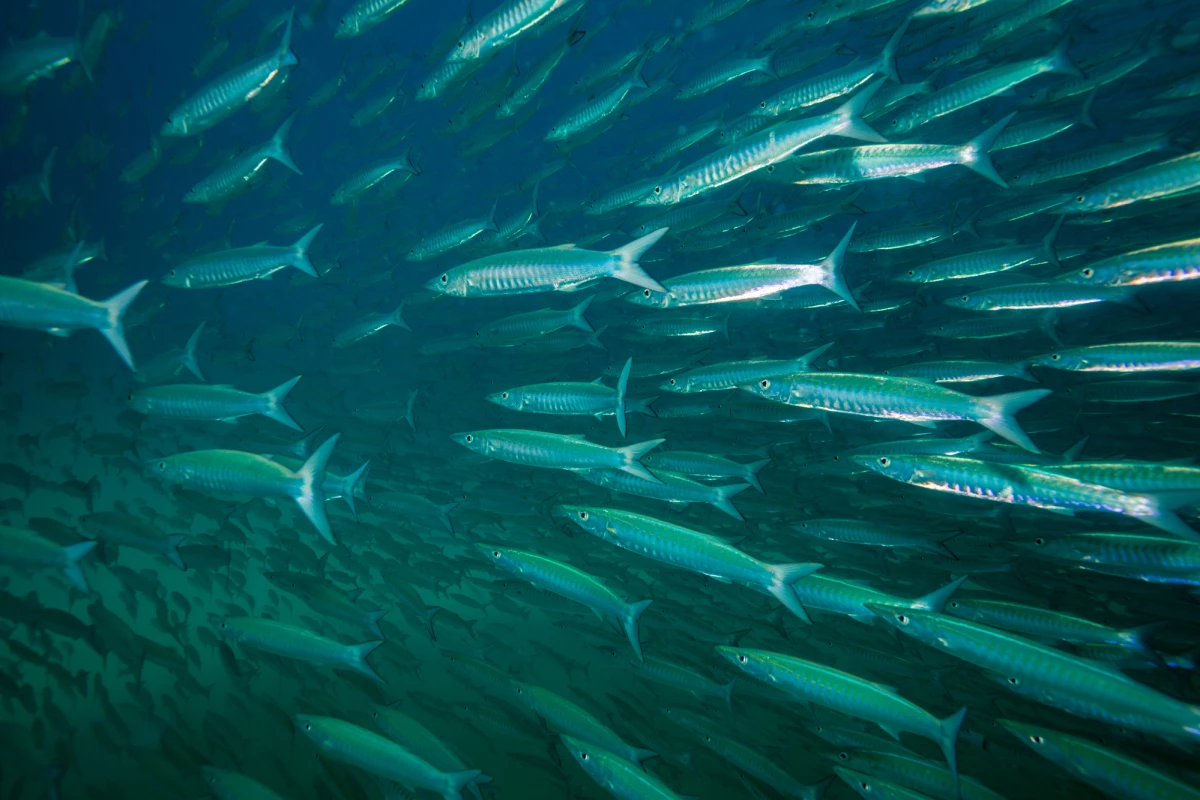A new study has shown that foods that come from the ocean or freshwater, known as "blue foods," have the potential to address several important global issues, including nutritional deficits, disease, and climate change.
The Blue Food Assessment is a worldwide collaboration of more than 100 scientists whose focus is on using blue foods to evaluate and develop healthy, equitable and sustainable food systems.
Blue foods are an incredibly diverse food source, with more than 2,200 wild species caught and over 600 farmed. Often, blue foods are more nutrient-rich, generate lower greenhouse gas emissions, and have less of an impact on land and water than many types of meat derived from land animals. But a new study has found that countries overlook the benefits of blue foods when developing nutritional, socioeconomic, and environmental policies.
“Even though people around the world depend on and enjoy seafood, the potential for these blue foods to benefit people and the environment remains under-appreciated,” said marine ecologist and member of The Blue Food Assessment, Ben Halpern.
In a new study, scientists at The Blue Food Assessment examined how blue foods were being accessed, produced and consumed globally, how production impacted the environment, and how they impacted nutritional and socioeconomic factors. The study highlighted four ways that blue foods improve food systems.
First, blue foods are a source of critical nutrients, especially vitamin B12 and omega-3 fatty acids. Studies have shown that, particularly in African and South American countries, these nutrients have relatively high levels of deficiency. Vulnerable populations such as children, the aged, and pregnant women would benefit from consuming more blue foods.
Second, they are a healthy alternative to eating the meat of land-based animals. Excessive consumption of red meat is frequently cited as contributing to cardiovascular disease. Increasing the consumption of blue foods reduces that risk, especially in countries such as China, Argentina, Brazil, Eastern Europe, and the US, where red meat – particularly processed meat – consumption is high. Including more blue foods as part of a balanced diet could easily be achieved, given that they are already part of the local food culture in many of these countries.
The third point is that blue foods tend to leave a smaller environmental footprint than land-based foods. Unfed aquaculture systems like seaweed usually produce fewer greenhouse gases. Fed aquaculture systems, such as shrimp, salmon and trout, perform the same as, or better than, chicken production, which is considered to be the most efficient land-based food production system.
The findings of a recent University of Melbourne study complement this point. Noting that aquaculture often negatively impacts aquatic ecosystems, the University of Melbourne study nevertheless identified 12 ecological benefits associated with the practice, including habitat rehabilitation and restoration, species recovery, the removal of overabundant species, reduction in climate change, and coastal defense.
Fourth, blue foods contribute meaningfully to culture, economy, and livelihood. Among the most traded commodities in the world, blue foods provide revenue and employment for many nations. However, large-scale companies often dominate the industry, overshadowing the smaller ones and causing inequity in export revenues and wealth generation.
The study recommends that countries implement policies that capitalize on the positives associated with blue foods. But the team responsible for the study recognizes that not all countries will benefit equally.
“Blue foods can play important roles in our diets, societies and economics, but what exactly this looks like will differ greatly from one country and local setting to another,” said Beatrice Crona, lead author of the study.
The researchers have developed an online tool to demonstrate the relevance of blue food policy to particular countries.
“By further customizing the different parameters in the online tool, decision-makers can explore the blue food policies most relevant for their national setting and use the paper to inspire blue food policies that can overcome existing environmental and nutritional challenges,” said Jim Leape, a key partner in The Blue Food Assessment.
The blue food study was published in the journal Nature, while the aquaculture study was published in the journal Conservation Biology.
Sources: UC Santa Barbara, The University of Melbourne





